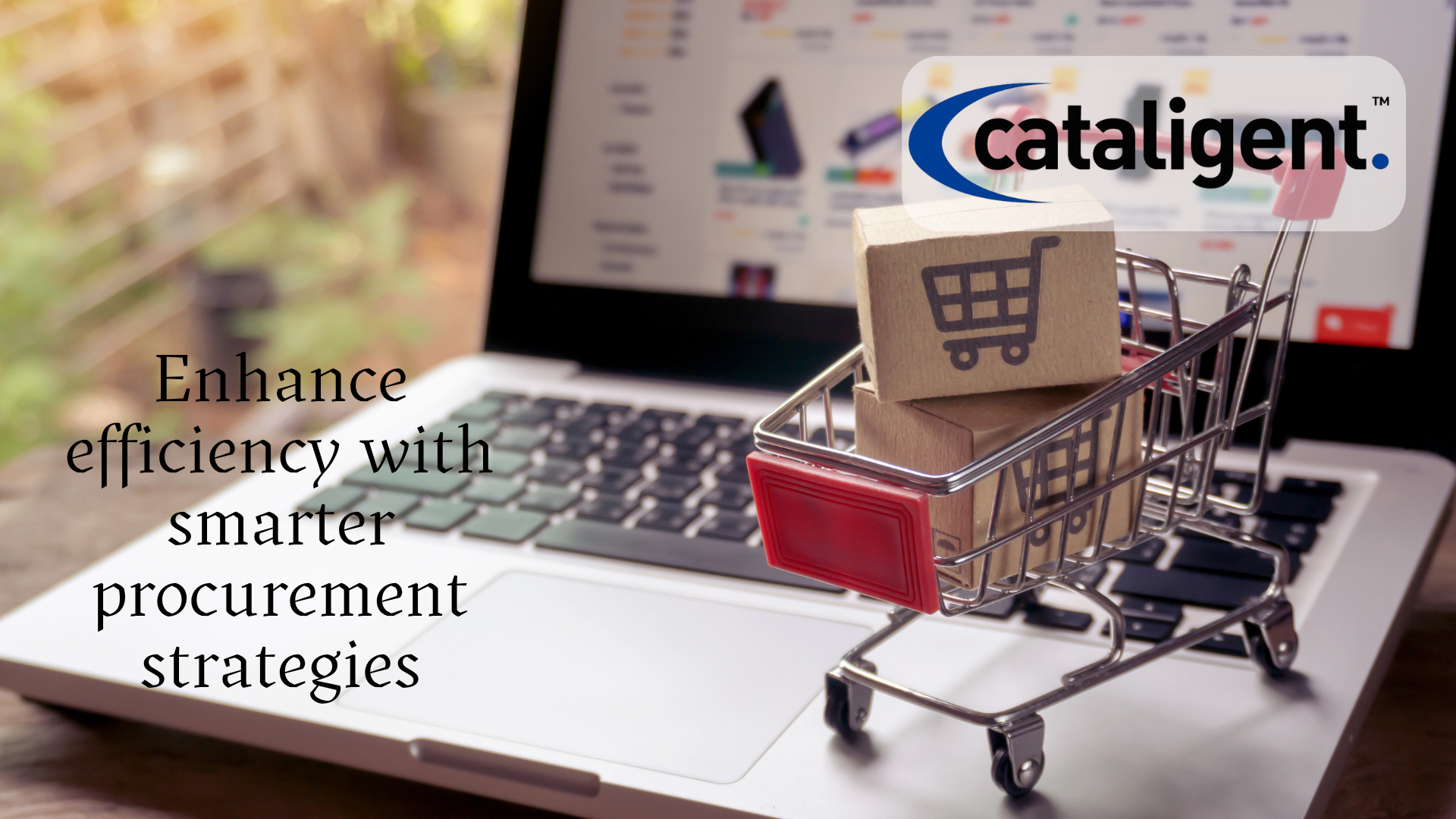Introduction
Procurement efficiency is essential for controlling costs, eliminating waste, and ensuring smooth business operations. By streamlining purchasing processes and optimizing inventory management, companies can reduce expenses and improve overall financial performance. A well-structured procurement strategy helps prevent over-purchasing, minimize redundant inventory, and enhance supplier relationships.
This document explores the principles, benefits, challenges, and implementation strategies for improving procurement efficiency.
Principles of Procurement Efficiency
- Centralized Decision-Making: Consolidate purchasing decisions to maintain control and standardization.
- Cost Optimization: Negotiate better terms with suppliers and minimize unnecessary purchases.
- Inventory Management: Reduce excess stock through efficient demand planning.
- Process Automation: Leverage technology to streamline procurement workflows and approvals.
- Supplier Relationship Management: Develop strong partnerships to secure favorable pricing and service quality.
Cost-Saving Impact of Improving Procurement Efficiency
- Reduces Procurement-Related Expenses
- Eliminates excess costs by optimizing purchasing strategies.
- Lowers administrative expenses through automation and streamlined workflows.
- Prevents Over-Purchasing and Redundant Inventory
- Ensures procurement aligns with actual business needs.
- Minimizes storage and maintenance costs for excess inventory.
- Enhances Cash Flow Management
- Reduces capital tied up in unnecessary stock.
- Improves budget allocation by prioritizing critical purchases.
- Strengthens Supplier Relationships
- Facilitates better contract negotiations and long-term cost savings.
- Encourages reliability and consistency in the supply chain.
Implementation Strategies for Procurement Efficiency
Step 1: Centralize Purchasing Decisions for Better Control
- Establish a centralized procurement team to oversee purchasing activities.
- Develop standardized policies to ensure cost-effective buying decisions.
- Use bulk purchasing to negotiate volume discounts with suppliers.
Step 2: Implement Just-in-Time (JIT) Inventory Management
- Adopt a demand-driven approach to reduce excess inventory.
- Schedule deliveries based on actual usage to minimize storage costs.
- Collaborate with suppliers for timely replenishment without overstocking.
Step 3: Leverage Technology for Procurement Automation
- Implement procurement software to track purchases and approvals.
- Use data analytics to forecast demand and optimize order quantities.
- Automate supplier communications to reduce manual inefficiencies.
Step 4: Conduct Regular Supplier Evaluations
- Assess supplier performance based on cost, quality, and reliability.
- Explore alternative vendors for competitive pricing and service improvements.
- Establish long-term contracts with high-performing suppliers for cost stability.
Step 5: Establish a Cost-Conscious Procurement Culture
- Train employees on cost-effective purchasing practices.
- Encourage departments to justify procurement requests based on business needs.
- Implement approval workflows to prevent unnecessary spending.
Challenges and Solutions in Improving Procurement Efficiency
- Resistance to Centralized Purchasing
- Solution: Communicate the benefits of centralized procurement and provide clear policies.
- Difficulty in Forecasting Demand Accurately
- Solution: Use historical data and predictive analytics for better demand planning.
- Managing Supplier Reliability and Quality
- Solution: Conduct periodic supplier assessments and maintain backup vendors.
- Integration of Procurement Software with Existing Systems
- Solution: Choose adaptable procurement tools that integrate with financial and inventory systems.
Conclusion
Improving procurement efficiency is a strategic approach to cost reduction and operational optimization. By centralizing purchasing decisions, implementing just-in-time inventory management, leveraging technology, and maintaining strong supplier relationships, businesses can achieve significant financial savings.
A proactive procurement strategy ensures that purchases align with business needs, reducing waste while enhancing overall efficiency. Adopting these best practices leads to long-term cost control, streamlined operations, and improved financial health.

